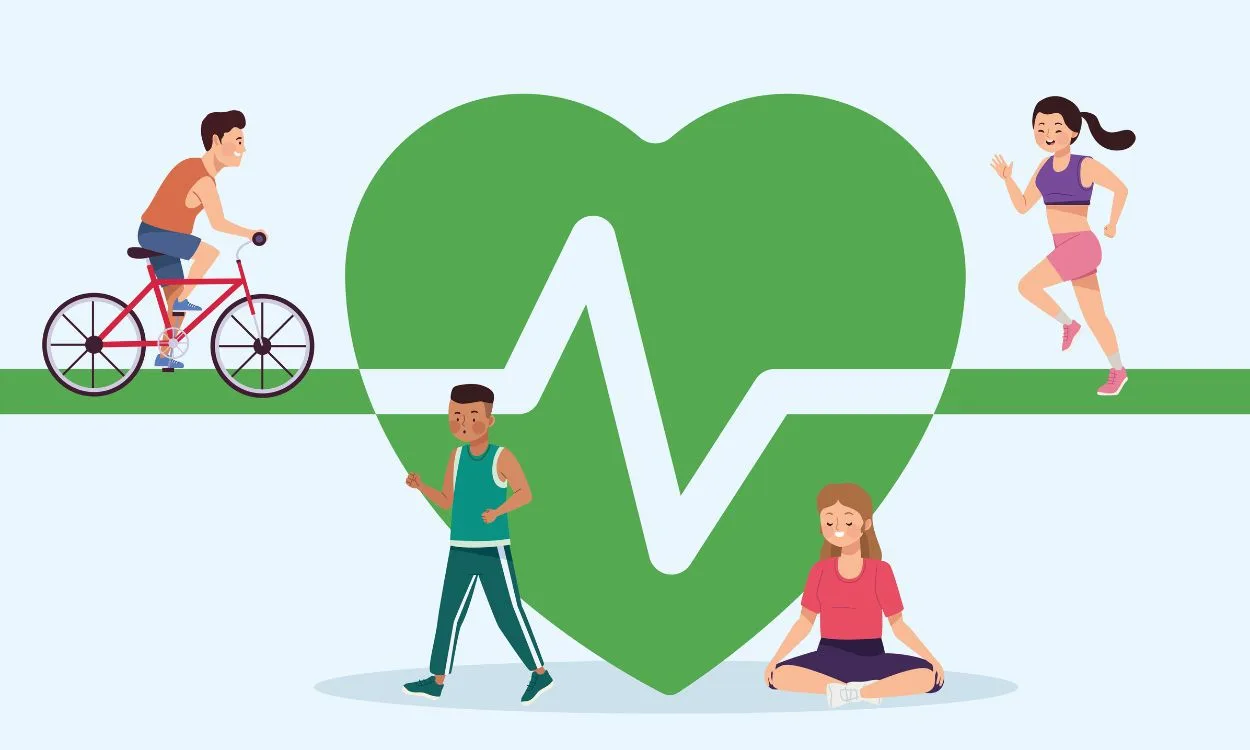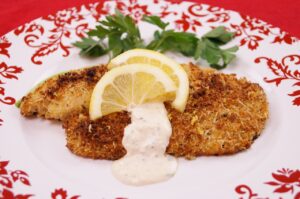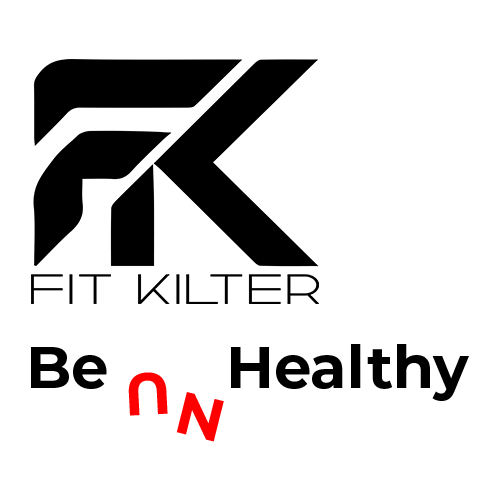Cardiovascular health is paramount to overall well-being, impacting everything from energy levels to longevity. Regular exercise plays a crucial role in maintaining a healthy heart, and one of the most effective forms of cardiovascular exercise is running. But not all running is created equal, and for those seeking maximum cardiovascular benefits, interval running may be the key to unlocking greater health and fitness.
Interval running, also known as high-intensity interval training (HIIT), involves alternating between periods of high-intensity running and recovery periods of lower-intensity activity or rest. This method of training challenges the cardiovascular system in a way that traditional steady-state running does not, leading to improved heart health, increased aerobic capacity, and enhanced calorie burning.
Here’s how interval running can help you achieve and maintain optimal cardiovascular health:
1. Boosts Aerobic Capacity
Interval running pushes the body to its limits by demanding bursts of high-intensity effort followed by short recovery periods. This challenges the heart and lungs to work harder to deliver oxygen to the muscles, ultimately increasing aerobic capacity – the body’s ability to take in, transport, and utilize oxygen during exercise. Over time, this leads to improved endurance and stamina, allowing you to run faster and farther with less effort.
2. Burns More Calories
Interval running is a highly efficient way to burn calories and shed excess fat. The intense bursts of activity during the high-intensity intervals elevate the heart rate and metabolism, causing the body to continue burning calories at an elevated rate even after the workout is over – a phenomenon known as the afterburn effect or excess post-exercise oxygen consumption (EPOC). This means you can torch calories and fat more effectively in less time compared to steady-state cardio exercises.
3. Improves Heart Health
Regular interval running strengthens the heart muscle, making it more efficient at pumping blood throughout the body. The intense intervals of activity increase cardiac output and improve circulation, leading to lower blood pressure and reduced risk of cardiovascular diseases such as heart attack, stroke, and coronary artery disease. Additionally, interval training has been shown to improve cholesterol levels by raising HDL (good) cholesterol and lowering LDL (bad) cholesterol.
4. Enhances Metabolic Health
Interval running can have positive effects on metabolic health by improving insulin sensitivity and glucose regulation. High-intensity intervals stimulate the production and release of hormones like adrenaline and cortisol, which help mobilize glucose for energy and regulate blood sugar levels. This can be particularly beneficial for individuals with insulin resistance, prediabetes, or type 2 diabetes, as it can help improve glycemic control and metabolic function.
5. Prevents Boredom and Plateaus
One of the biggest advantages of interval running is its versatility and variety. With endless combinations of speed, duration, and intensity, interval workouts can be tailored to suit any fitness level or goal, keeping workouts fresh, exciting, and challenging. This variety not only prevents boredom but also helps prevent plateaus by continuously challenging the body in new ways, leading to ongoing improvements in cardiovascular fitness and performance.
Incorporating interval running into your fitness routine just a few times a week can yield significant benefits for your cardiovascular health. Whether you’re a seasoned runner looking to take your workouts to the next level or a beginner looking to kickstart your fitness journey, interval running offers a time-efficient, effective, and enjoyable way to boost your heart health, improve your endurance, and achieve your fitness goals. So lace up your running shoes, hit the pavement, and experience the transformative power of interval running for yourself. Your heart will thank you.













